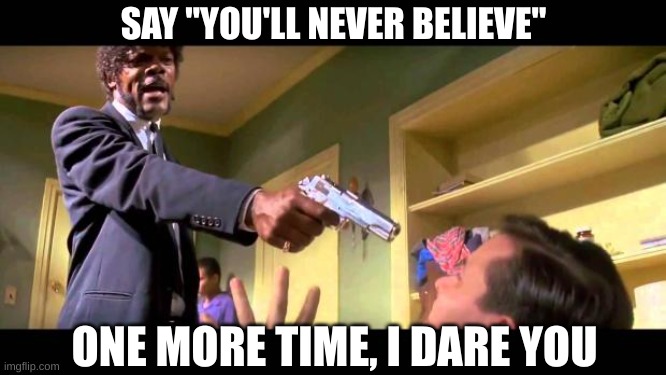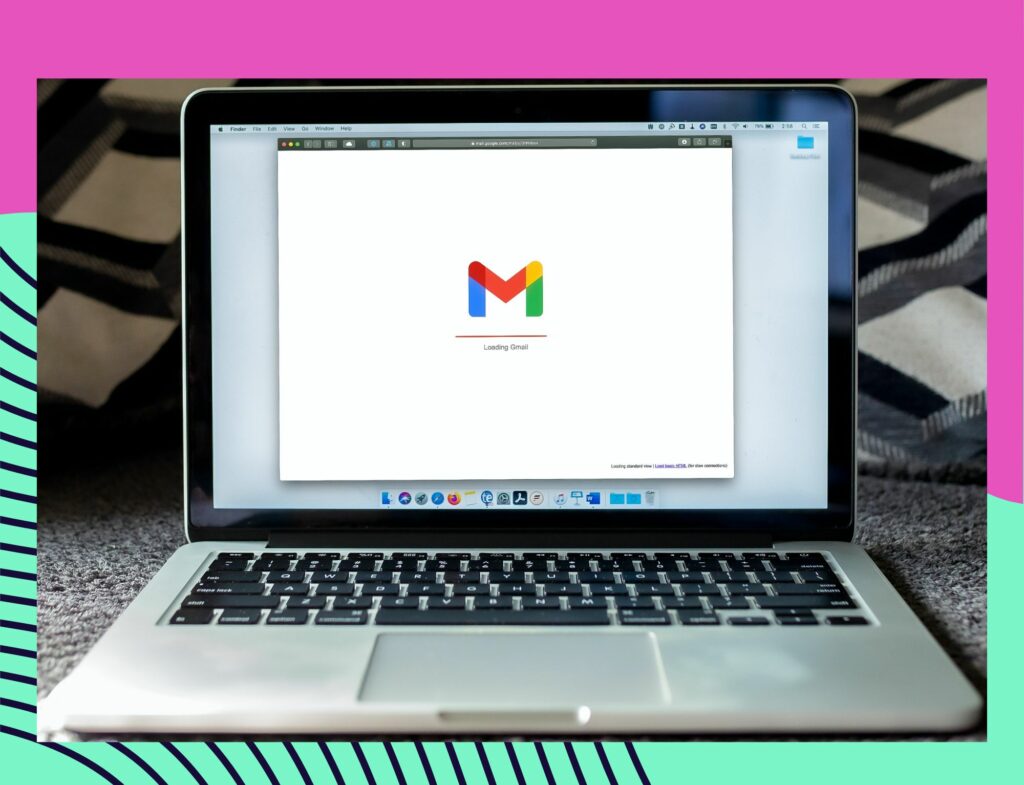What you’ll learn
Picture this: you’re a business owner brimming with ideas, ready to connect with your audience on a deeper level. How do you make it happen? Maybe a newsletter? And if so, where the heck do you even begin? 😵💫
Today, we’re spilling the 411 on precisely that. Get ready for:
- The low-down on how to create a newsletter like a pro
- Your checklist for email newsletters that dodge the junk bin
- The technical deets that drive your newsletter’s mechanics
- Nuggets of wisdom from Chrissy Kapralos, our resident newsletter writing guru💡
No time to waste—let’s jump straight in!
How to start a newsletter: a straightforward checklist
Content writing is no small feat. Now, imagine doing it weekly or monthly while keeping the same level of engagement. It’s enough to send anyone’s nerves into overdrive.
But maintaining a consistent flow of relevant content is a must for nurturing your audience, and newsletters are the quintessential way to do it. So, how do you crush it?
The key lies in combining the right knowledge, strategy, and tools. Sure, content creation is challenging, but with a solid plan, the process becomes manageable and, dare we say, even enjoyable.
As one of the top digital marketing agencies of 2023, we bring some serious expertise to the table. With Chrissy’s insights, we’ll simplify how to create an email newsletter so that by the end of this article, you’ll feel ready to conquer the digital realm with kickass newsletters that can’t be ignored.
Before getting started, her two cents…
“Two things:
First, get your creative gears churning by exploring other brands’ slammin’ newsletters for inspo. Take time to peep competitor newsletters or other newsletters you’re subscribed to unrelated to your niche. Take note of what you like and dislike. What kind of language, visuals, topics, and value stand out? Which ones keep your attention all the way through?
Next, focus on what your biz can offer your audience in a newsletter that they aren’t getting from competitors.”
Get it? Got it. Good.
Now, for your first step…
1. Understand your newsletter goals
Are you hoping to foster more brand loyalty, boost traffic to your site, or showcase your latest offerings? Maybe you’re focused on sharing insider tips or entertaining your audience with your authentic voice.
Whatever your purpose, these objectives are the driving force behind every word you write—so zero in.
Chrissy elaborates:
“Your newsletter goals should be super specific so you can measure success.
Do you want more potential customers to open your emails? More people to navigate to your website? How many, and in how much time?
Most email marketing tools will show you these metrics—you just need to have a specific goal and timeline to assess your progress.”
By clearly understanding your newsletter’s goals, you’ll ensure every message, subject line, and call to action (CTA) aligns perfectly with your mission.

2. Choose an email newsletter tool
We’ll be honest—newsletter tools aren’t an absolute must, but they’ll certainly streamline your email marketing.
Let’s say you juggle email addresses on a Google or Word doc. Then, hop over to another platform to send out your emails. Then, another to plan and schedule your newsletters. And wait, how do you measure their success?
It’s chaotic and tedious. 😬
Tools, like AWeber or Benchmark, put all your email marketing efforts in one platform. From organization and automation to email newsletter templates and performance tracking—they offer a suite of functionalities that maximize your email outreach.
When it comes to picking your tool, Chrissy suggests thinking back to your goals and assessing each one’s features accordingly.
“Comparison articles (like this Zapier piece) are great for initial research and contrasting different tools’ design capabilities, pricing, analytics, and automation side-by-side.”
She recommends tailoring your choice of tool to your needs.
“Do you want more creative potential? Choose a tool with lots of design and template options. New to email newsletters? Look for tools with rave reviews for ease of use, customer support, and strategic insights to help you improve your offerings.”
Her go-to?
“Personally, I prefer MailChimp for its extensive A/B testing, a valuable feature for brands that aren’t quite sure about what types of content vibe with their audiences.”

3. Find a newsletter template
You wouldn’t construct a building without a blueprint, right? That’s exactly what email newsletter templates offer—a consistent framework to shape your content.
Think of these templates as the scaffolding that keeps your newsletters visually appealing and brand-aligned so your content shines through seamlessly.
Later, when you’ve honed your newsletter skills, you can craft bespoke templates and email designs from scratch. However, ready-made templates are the most beginner-friendly—so how do you choose which is right for you?
When it comes to newsletter templates, flexibility is key. Look for options that allow you to personalize and adapt. Whether it’s a minimalistic approach or a vibrant design, choose one that complements your brand messaging.
With a killer template, you’ll have more time to create engaging content and foster a fanbase that’s head over heels for your newsletter. 🥰
Still prefer a custom approach, but not stoked about the DIY route? We’ve got your back.
4. Content ideas for your newsletter
Learning how to create a newsletter that keeps subscribers hooked means striking a balance between information and promotion. Because no one likes to be bombarded with pushy sales pitches 24/7.
Here’s what Chrissy says about mastering this finesse:
“Newsletters should feel mutually beneficial. Sure, you’re trying to boost sales and traffic, but your readers need something in return. Delivering them value is the best way to avoid coming off too pushy.
For example, you’re more likely to score a sale if you add a time-sensitive, exclusive discount for your readers versus cataloging all your new products.”
Here are a few more email campaign ideas to get you going:
- Industry updates
- Behind-the-scenes peek
- Success stories
- Tips and how-tos
- FAQs
- Seasonal content
- Interactive emails or surveys
- Personal reflections
- Seasonal sales and updates, like a Black Friday newsletter campaign
What about SEO content?
Chrissy explains, “You don’t have to worry about meta descriptions and keywords in your newsletters as much as your online content. I see newsletters as more of a tool to support your existing SEO strategy. For example, you can link to your blog and boost traffic to your site via newsletters. But don’t abandon basic SEO principles either, particularly keeping your content digestible and organized.”
This is where we SEO content writers truly shine. Not to brag, but we’re masters at weaving persuasive sales copy into compelling storytelling, all while delivering optimized content that’s jam-packed with value.
But don’t take our word for it—we’ll let our case studies do the talking for us.😉
5. Writing catchy email subject lines
Another head-scratcher? Coming up with irresistible newsletter subject lines. The truth is crafting good email subject lines is an art that makes or breaks your open rate (more on this in a bit).
The challenge lies in condensing your newsletter’s essence into a few attention-grabbing words. Your subject line should tease, intrigue, and entice your audience to dive in.
Here are some prompts to spark your creativity:
- Hook readers with curiosity
- Relate to their pain points
- Infuse playful puns and wordplay
- Give ‘em FOMO by creating a sense of urgency
- Tease with benefits
- Sprinkle in the emojis
- Keep it short and sweet
- Personalize where possible
- Split-test your strategy
…and we don’t mean resorting to clickbait either.

While clickbaity subject lines might initially attract attention, they often lead to disappointment and mistrust. You wouldn’t want to undermine your newsletter’s credibility—would you?
Email newsletters: the analytics
The creative side of newsletters is only half the fun. You also have to learn how to create an email newsletter that hits the mark when it comes to the numbers game. 📈
How many marketing emails to send every week
Determining how often to send a newsletter can significantly impact your audience engagement and overall strategy—so what’s the golden rule regarding how many marketing emails to send per week?
Above all, you want to tiptoe between staying present in your audience’s inbox without overwhelming them.
Too many emails can cause inbox fatigue. If they feel inundated, your subscribers may start ignoring or unsubscribing from your newsletters. No bueno.
On the flip side, sending too few emails can make them forget about your brand, leading to less engagement.
Your best bet when you first start? Experiment with your email frequency and monitor how your audience responds. Track metrics like open rates, click-through rates, and unsubscribe rates till you find your sweet spot.
As for email length, Chrissy agrees that short and sweet is best.
“Remember, you can always link to supplemental content on your site so subscribers decide for themselves how much time they spend reading. I’d recommend A/B testing different email lengths as well to see if longer ones contribute to more bounces.”
How to increase open rates and click-through rates
Open rate and click-through rate are two vital metrics in email marketing that showcase the effectiveness of your newsletters.
Open rate is the percentage of recipients who open your email compared to the number of emails delivered. It shows how compelling your subject lines are and whether your emails are catching your subscribers’ attention.
A higher email open rate means your newsletter subject lines are vibing with your audience.
Click-through rate is the percentage of recipients who clicked on at least one link in your email compared to the number of emails delivered. It measures your content’s engagement level and relevance, as well as how your content and CTAs motivate readers to take action.
Other data Chrissy suggests monitoring are your forward rate (indicating shareability), web traffic, and average order value (or average purchase amount per order).
By keeping an eye on these metrics, you can refine your approach and create newsletters that resonate with your audience and drive measurable results.
How to keep your newsletter out of the spam folder
Email service providers have sophisticated algorithms to filter out unwanted or potentially harmful emails. If your emails trigger their red flags, they end up in the dreaded junk bin.
Here’s how to ensure your newsletter slides right into that coveted inbox:
- Use opt-ins to build your email list (instead of purchasing them)
- Use a recognizable sender name and email address
- Avoid spammy language or excessive exclamation marks
- Break up text with imagery, but don’t overdo it
- Segment your email list and personalize content
- Test newsletters with spam checkers before sending them
- Include an “unsubscribe” option
- Authenticate your domain
- Monitor bounce rates (site visitors that navigate from the site quickly)
- Get familiar with anti-spam laws like CAN-SPAM (in the US) or GDPR (in the EU)
After all, you can’t make money with newsletters if they make a beeline to the spam folder!
Chrissy’s approach? “I use CoSchedule to ensure my subject lines don’t have too many spammy words that could send my emails into the junk bin. You should also keep your website domain and email addresses up-to-date and consistent.”

From Newsletter Zero to Inbox Hero
Remember, a newsletter isn’t just a communication tool—it’s a bridge between you and your fanbase. It’s an opportunity to connect them to your brand and speak to their desires with your messaging.
The journey of how to create a newsletter may seem like uncharted waters at first, but you’ve now got all the savvy strategies and insights to make your email marketing a roaring success.That said, rather skip the guesswork and send newsletters that always pass the vibe check? We’re happy to take the reins. 💪

08/23/2023
Natalie is a beauty and lifestyle writer at Lyon Content, born and raised in sunny Miami, Florida. She’s passionate about crafting personality-driven copy that helps brands build a ride-or-die following with their audiences! Like a true Cuban, she runs on XL cafe-con-leches and loves horror movies, houseplants, exploring new places, and snuggling up with her SO and fur babies.





